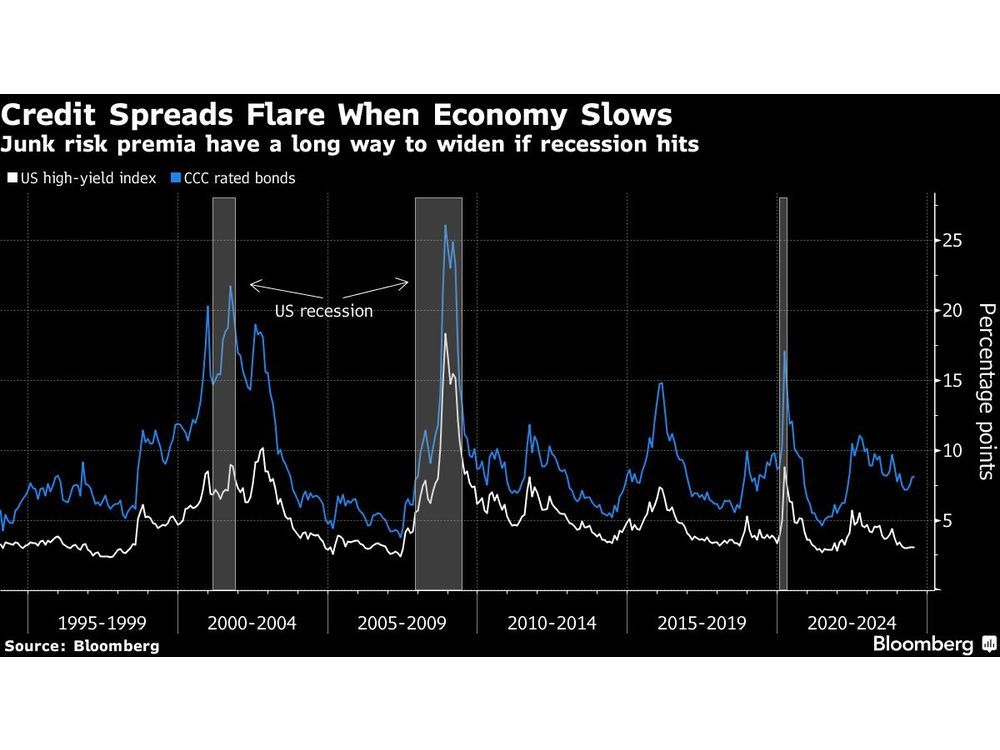Follow us on LinkedIn
What is a Zero-Coupon Bond?
A zero-coupon bond is a debt security that does not come with any interest payments. Hence, the coupon rate on these bonds is zero. However, these bonds come with a deep discount. Therefore, it allows profits at maturity for investors when they redeem the bond at its face value. Another name used for the zero-coupon bond is the accrual bond.
Zero-coupon bonds can come in several forms. Some companies issue these bonds from the beginning. However, some others may transition their bonds into zero-coupon instruments. It happens after the issuer removes the coupons and repackages them as zero-coupon bonds. Zero-coupon bonds can have price fluctuations due to their face value at maturity. These fluctuations can come at a higher rate compared to normal bonds.
How does a Zero-Coupon Bond Work?
Unlike other bonds and debt instruments, zero-coupon bonds do not come with periodic coupons. Instead, they provide profits to the investor in the form of discounts. Investors buy these bonds at discounted prices but receive a higher face value in the future. The difference between the price that investors pay and what they get at the maturity of the bond is their profit.
However, it isn’t as straightforward. Since the bond’s maturity date may come after several periods, investors will also have to consider the time value of money. Therefore, they must use the present value of future cash flows from the bond to determine their profitability. Since zero-coupon bonds have one cash flow, investors can only use that for their calculations.
How to calculate the value of a Zero Coupon Bond?
It is relatively straightforward to calculate the value of a zero-coupon bond. Since the bond has only one cash flow that comes at the time, its value equals the present value of that cash flow. Therefore, it is necessary to discount the cash flow at the required rate of return to determine the zero-coupon bond’s value.
The formula to calculate the value of a zero-coupon bond is as below.
Value of Zero-Coupon Bond = Face Value / (1 + Yield)n
In the above formula, face value represents the cash flow that investors will receive at the maturity date. On the other hand, yield denotes the periodic bond yield. Lastly, ‘n’ represents the total compounding periods till maturity.
How to calculate the Zero Coupon Bond Yield?
Investors can also calculate the yield they can get on a zero-coupon bond. They can use the following formula to calculate the zero-coupon bond yield.
Zero-Coupon Bond Yield = [Face Value / P]1/n – 1
In the above formula, Face Value denotes the cash flow investors receive at the bond maturity. ‘P’ represents the current price of the bond or its issue price. Lastly, ‘n’ is the number of coupon payments.
Example
A zero-coupon bond with a face value of $1,000 has five years to maturity. The current price of the bond is $900 in the market. Therefore, the following formula can help in the calculation of the zero-coupon bond yield.
Zero-Coupon Bond Yield = [Face Value / P]^1/n – 1
Zero-Coupon Bond Yield = [$1,000 / $900]^(1/5) – 1
Zero-Coupon Bond Yield = 0.02129 or 2.13%
Conclusion
Zero-coupon bonds do not come with any coupon rates or payments. However, they come with high initial discounts with the promise of providing a higher face value to investors. For investors, the difference between the price they pay and the future cash flows they get is their profits. However, they must factor in the time value of money when calculating it.
Further questions
What's your question? Ask it in the discussion forum
Have an answer to the questions below? Post it here or in the forum
Meta rolled back January 6-era restrictions on former President Donald Trump's social media accounts ahead of the Republican National Convention.



June saw 75 filings, up from 62 in May and above the pandemic-era peak of 74 in July 2020, according to S&P Global Market Intelligence.

Credit markets are breathing a sigh of relief after inflation data showed price pressures are cooling broadly, but a weakening economy poses fresh risks to corporate debt.